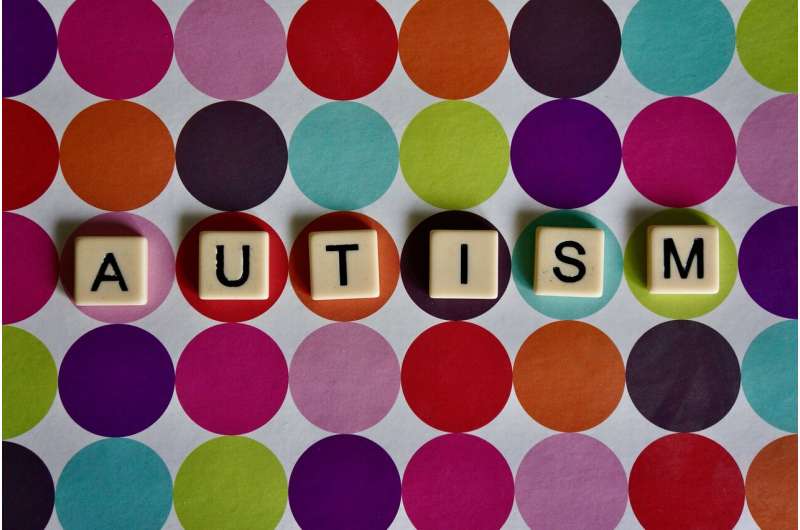Rethinking Aging: The Role of Lifestyle and Inflammation in Longevity

New research suggests that inflammation's role in aging varies across different lifestyles, challenging traditional views and highlighting the influence of environment on health and longevity.
Age-related inflammation, commonly known as "inflammaging," has long been considered an unavoidable aspect of aging, contributing to diseases such as heart disease, dementia, and diabetes. Traditionally, elevated levels of inflammatory markers in the blood have been associated with advancing age and increased health risks. However, recent research challenges this universal view, revealing that inflammation patterns vary significantly across different populations and lifestyles.
A comprehensive study published in Nature Aging compared inflammation in diverse communities, including industrialized nations like Italy and Singapore, and traditional societies such as the Tsimane of Bolivia and the Orang Asli of Malaysia. Blood samples from over 2,800 individuals were analyzed for cytokines, molecules involved in inflammation.
In developed countries, a clear pattern of inflammaging was observed: aging correlated with escalating levels of inflammatory markers and a higher prevalence of chronic illnesses. Conversely, in the indigenous groups practicing traditional lifestyles, this pattern was absent. Despite high levels of inflammatory molecules—especially in populations facing frequent infections—the expected link to age-related diseases was notably weaker or nonexistent.
This paradox suggests that chronic inflammation may not be an inevitable consequence of aging but rather a result of modern lifestyles characterized by high-calorie diets, sedentary behavior, and reduced exposure to infections. The immune response in traditional societies appears to operate differently, potentially interpreting increased inflammation as a normal adaptive response rather than a sign of impending decline.
Implications of this research are profound. It questions the current methods used to diagnose and treat inflammaging, hinting that biomarkers might need to be tailored based on lifestyle and environmental context. It also highlights that lifestyle interventions—such as promoting physical activity, healthy diets, and managing infections—may influence inflammation and aging outcomes differently across populations.
Furthermore, the findings emphasize the importance of inclusive research. Much of our existing knowledge stems from studies in affluent, industrialized nations, which may not fully represent global human health. Future studies should explore inflammation and aging at cellular and tissue levels, beyond blood markers, to uncover more accurate insights.
In summary, aging and chronic inflammation are complex, influenced heavily by environment and lifestyle. Recognizing this variability can lead to more effective strategies for healthy aging worldwide, emphasizing that our understanding of aging must be adaptable and inclusive.
Stay Updated with Mia's Feed
Get the latest health & wellness insights delivered straight to your inbox.
Related Articles
New Insights into Tick Antiviral Defenses Could Lead to Better Control of Deadly Fever Virus
Recent research uncovers how ticks actively combat deadly viruses, revealing new targets to prevent disease transmission. Discover how natural antiviral proteins in ticks could help stop the spread of severe fever viruses.
Promising Results for GLP-1 Receptor Agonists in Reducing Chronic Migraine Frequency
A pilot study reveals that GLP-1 receptor agonists, such as liraglutide, may significantly reduce the frequency of chronic migraines, offering new hope for treatment-resistant patients.
The Changing Language of Federal Health Discourse and Its Impact on Disability Communities
An analysis of recent shifts in federal health rhetoric reveals increased emphasis on individual responsibility, raising concerns about its impact on disability communities and systemic health policies.
Fascin-1 Protein: A Key Player in Cervical Cancer Spread and Treatment Resistance
New research identifies Fascin-1 as a key driver of cervical cancer progression, metastasis, and treatment resistance, offering promising targets for future therapies.



